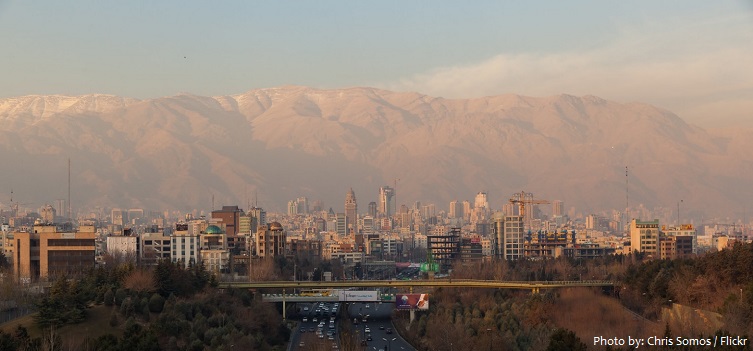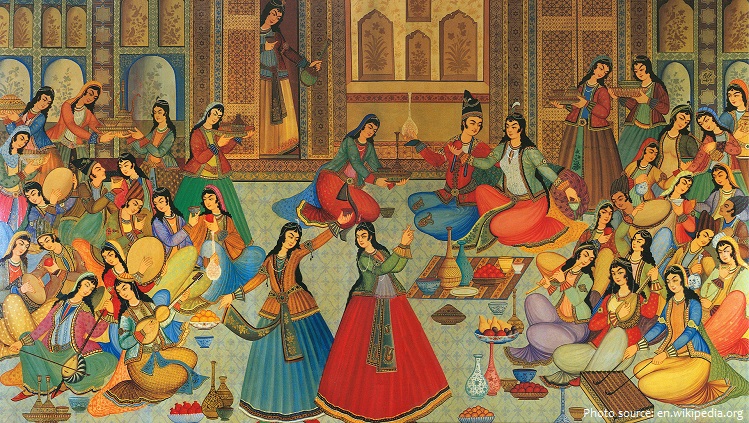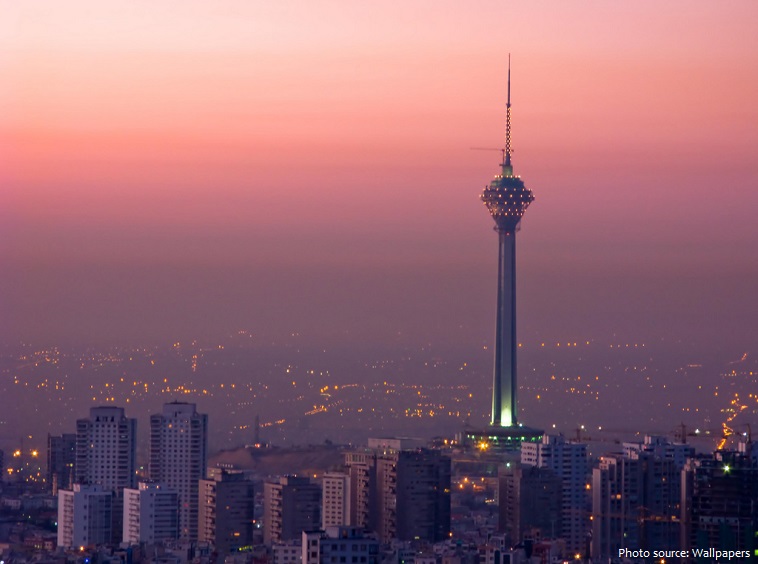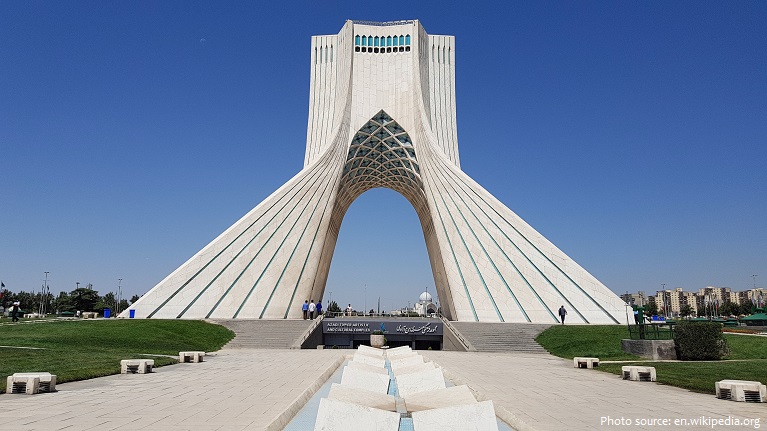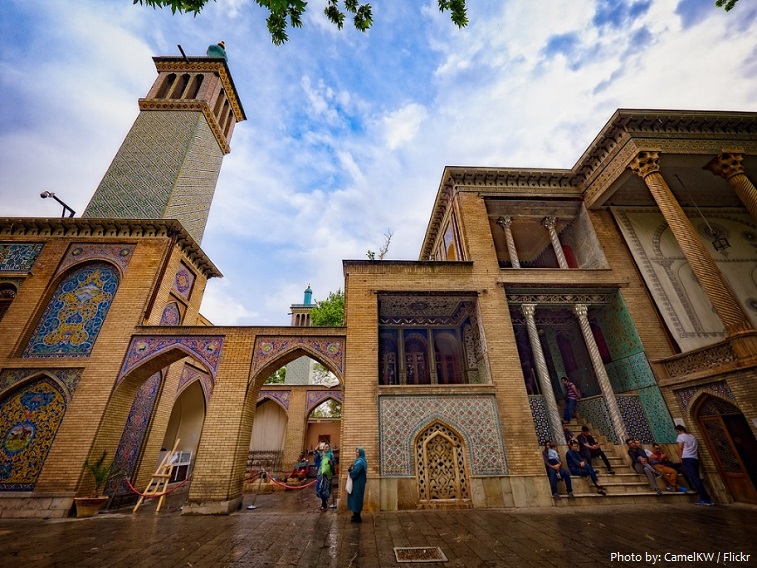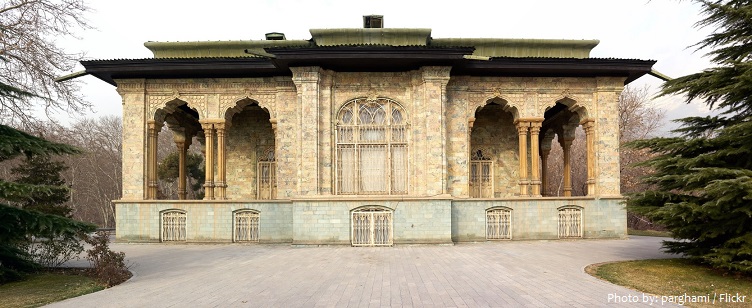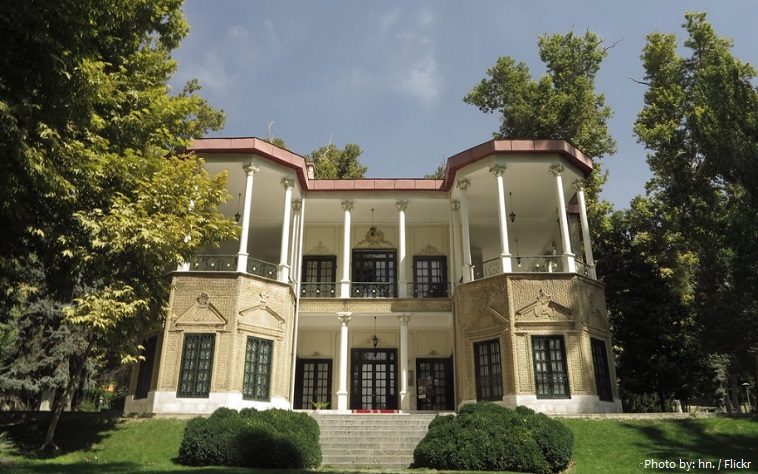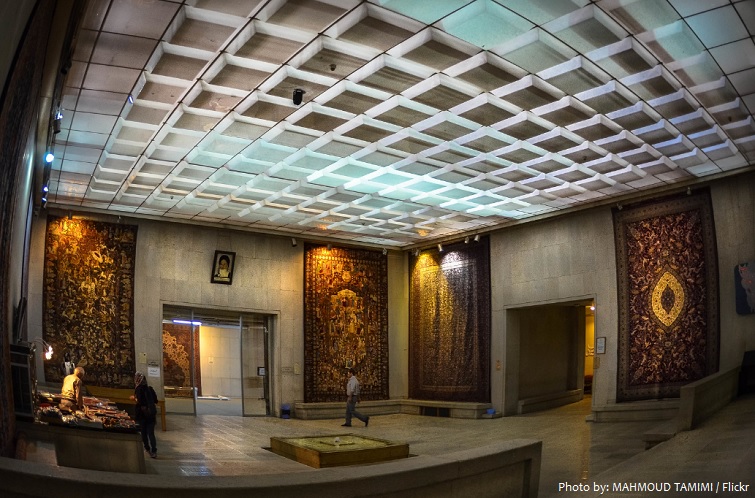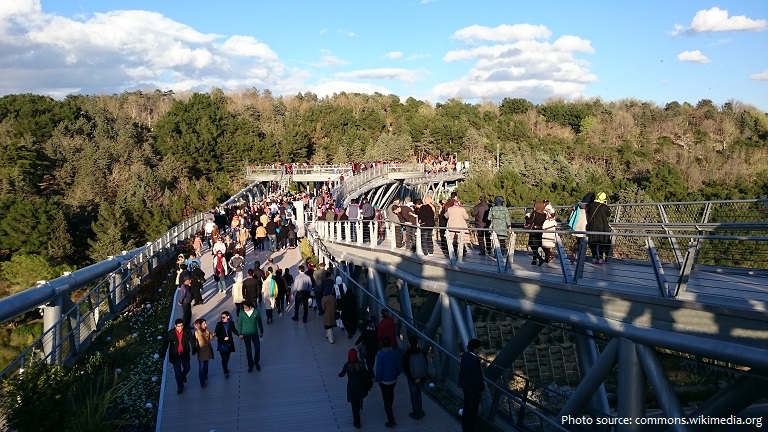Tehran is the capital of Iran.
It is situated in north-central Iran at the foot of the Elburz mountain range.
As of January 2021, the population of Tehran is about 9 million people. It is the most populous city in Iran and Western Asia.
The population in the larger metropolitan area is about 15 million people. It is the 24th largest metropolitan area in the world and the 2nd largest metropolitan area in the Middle East (after Cairo).
The city covers a total area of 1,200 square kilometers (463 square miles).
The average altitude is from 900 to 1,830 metres (2,952 to 6,003 feet) above sea level.
There are various theories pertaining to the origin of the name Tehran. One plausible theory is that the word “Tehran” is derived from Tiran/Tirgan, “The Abode of Tir” (Tir being the Zoroastrian deity equivalent to the Greek deity Mercury).
The settlement of Tehran dates back over 7,000 years.
Back in ancient times, the village of Tehran was overshadowed by Rey – now a suburb of the city, but then one of the capitals of the Seljuk dynasty.
In 1220 the Mongols sacked Rey as they swept across Persia, executing thousands in the process. Most who escaped wound up in Tehran and the future capital’s first population explosion turned the village into a prosperous trading centre.
In the mid-16th century Tehran’s natural setting, numerous trees, clear rivers and good hunting brought it to the attention of the early Safavid king, Tahmasp I. Under his patronage, gardens were laid out, brick houses and caravanserais built and the town fortified by a wall with 114 towers. As Tehran continued to grow under later Safavid kings, European visitors wrote of the town’s many enchanting vineyards and gardens.
Tehran was first chosen as the capital of Iran by Agha Mohammad Khan of the Qajar dynasty in 1786, in order to remain within close reach of Iran’s territories in the Caucasus, before being separated from Iran as a result of the Russo-Iranian Wars, and to avoid the vying factions of the previously ruling Iranian dynasties.
The capital has been moved several times throughout history, and Tehran is the 32nd national capital of Persia.
Large-scale demolition and rebuilding began in the 1920s, and Tehran has been a destination for mass migrations from all over Iran since the 20th century.
Milad Tower also known as the Tehran Tower is a multi-purpose tower in Tehran. It is the 6th tallest tower and the 24th tallest freestanding structure in the world. It is located between Qarb Town and the district of Gisha, standing at 435 meters (1,427 feet) from the base to the tip of the antenna. The head consists of a large pod with 12 floors, the roof of which is at 315 meters. The tower is a part of the International Trade and Convention Center of Tehran, which also includes a five-star hotel, a convention center, a world trade center and an IT park.
The Azadi Tower formerly known as the Shahyad Tower is a monument located on Azadi Square in Tehran. It is one of the landmarks of Tehran, marking the west entrance to the city, and is part of the Azadi Cultural Complex, which also includes an underground museum. The tower is about 45 metres (148 feet) tall and is completely clad in cut marble. It was commissioned by Mohammad Reza Pahlavi, the last Shah of Iran, to mark the 2,500th year of the foundation of the Imperial State of Iran and completed in 1971.
The Golestan Palace is the former royal Qajar complex in Iran’s capital city. One of the oldest historic monuments in the city of Tehran, and of world heritage status, the Golestan Palace belongs
to a group of royal buildings that were once enclosed within the mud-thatched walls of Tehran’s arg (“citadel”). It consists of gardens, royal buildings, and collections of Iranian crafts and European presents from the 18th and 19th centuries.
The Sa’dabad Palace Complex is a 300 hectare (740 acres) complex built by the Qajar and Pahlavi monarchs. Today, the official residence of the President of Iran is located adjacent to the complex. The complex includes more than 180 hectares of natural forest, streets, qanats, galleries, mansions/palaces and museums.
The Niavaran Palace Complex is a historical palace complex situated in Shemiran (northern Tehran), Iran. It consists of several palace buildings and monuments dating back to the Qajar and Pahlavi eras.
Located in Tehran, beside Laleh Park, and founded in 1976, the Carpet Museum of Iran exhibits a variety of Persian carpets from all over Iran, dating from the 16th century to the present. The
museum’s exhibition hall occupies 3,400 square meters (36,597 square feet) and its library contains approximately 7,000 books. The museum was designed by architect Abdol-Aziz Mirza Farmanfarmaian. The perforated structure around the museum’s exterior is designed both to resemble a carpet loom, and to cast shade on the exterior walls, reducing the impact of the hot summer sun on the interior temperature.
The Tabi’at Bridge is the largest pedestrian overpass in Tehran, Iran. The 270-metre (890 feet) bridge connects two public parks — Taleghani Park and Abo-Atash Park — by spanning Modarres
Expressway, one of the main highways in northern Tehran. The word tabiat means “nature” in the Persian language.
There are over 2,100 parks within the metropolis of Tehran.
There are many restaurants and cafes in Tehran, both modern and classic, serving both Iranian and cosmopolitan cuisine. Pizzerias, sandwich bars, and kebab shops make up the majority of food shops in Tehran.
Football and volleyball are the city’s most popular sports, while wrestling, basketball, and futsal are also major parts of the city’s sporting culture.
